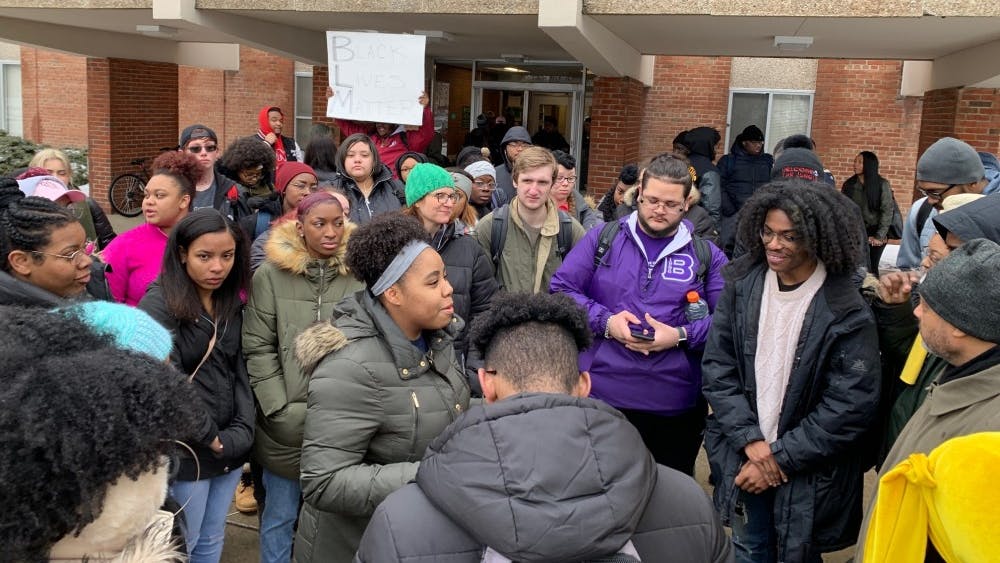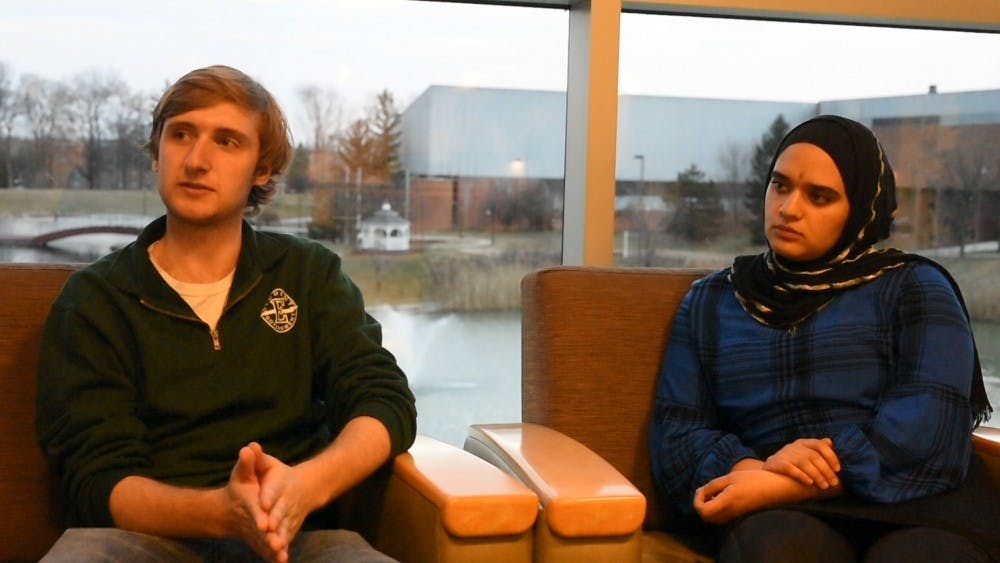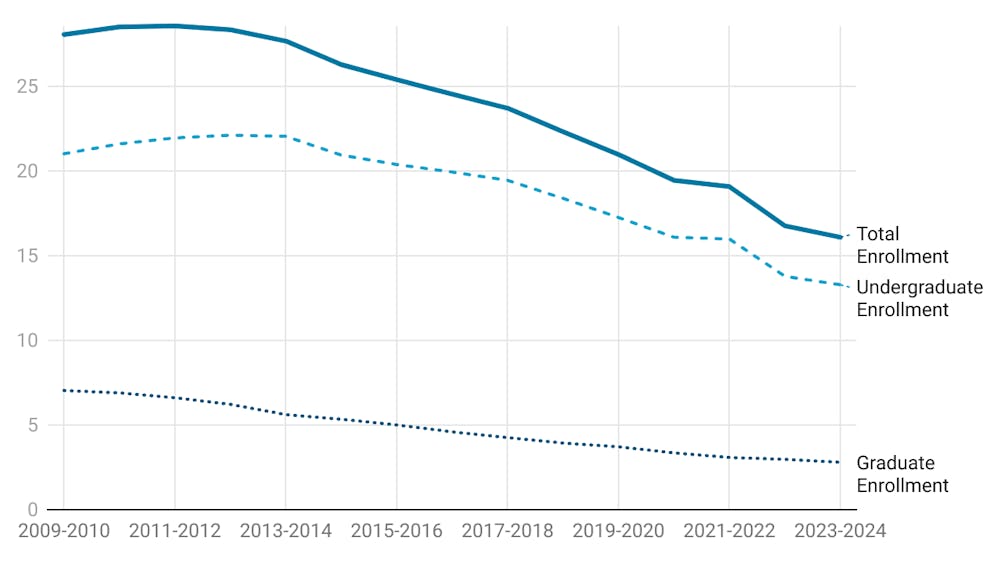Students should not have to abandon reputable sources because of a price tag, no matter how minuscule that price is argued to be.
You know the scenario: You’re looking at the New York Times or the Washington Post for an article that can bolster or reshape your opinion on an issue, whether for class or on your own time. You stumble upon another article that seems interesting. After you click around a couple times, a message pops up over the article or on top of the page: “You have reached your limit of free articles. Subscribe now to enjoy this content.” You either grit your teeth and pull out your credit card, persuaded by the “low cost of $1/week” message, or abandon that source entirely.
Although I personally have subscriptions to the New York Times and The Washington Post to write articles, fulfill responsibilities for classes and for personal reading, I believe that the financial burden should not fall on students or employees to use such tools.
Our university is supposed to be equipped with tools which help its students. Access to accurate media sources for all students would be a worthy investment if Eastern Michigan University is serious about its commitment to supporting students’ education and cultural/political awareness.
Eastern used to provide this service – print copies of the New York Times were distributed across campus and available on news racks in Pray-Harrold, Halle Library and the Student Center. Free access to unlimited online articles was available on my.emich. The service came out of the budget of Student Government, and frequent cuts were made to the program because of budget and utilization concerns until the program disappeared entirely.

I spoke with former EMU Student Body President Desmond Miller about his decision to cut the initial program back in 2014. Citing how obsolete the physical paper was becoming and the uncertainty about how much the service was utilized, Miller decided Student Government shouldn’t foot the bill for the service entirely on its own.
“[The subscription] would be used university-wide – and it’s irresponsible to put it on the back of students, who are already funding student orgs and the like,” Miller explained. He supports bringing the program back, given that the burden of funding is spread beyond Student Government, like to faculty and the administration.
Student Government considered providing students access to The New York Times again last semester, but amid more concerns about cost and utilization, they opted to invest in other services.
“To put [the predicted cost] in perspective, it’s more than we spent on all of the events that Student Government put on last year,” according to newly elected Student Body President Ethan Smith. He goes on to express his support of the idea, given that other departments pitch in, but expresses doubt in whether the service would get utilized enough to justify that request. “Instead,” Smith explained, “[Student Government] is planning on putting that money toward other new services, like parking validations.”
Smith makes a compelling argument – if students don’t utilize the service, student leaders have no choice but to cut it, especially if it comes from the budget of Student Government. But the service is not required to solely be provided by SG; the administration can invest in digital subscriptions to the New York Times (and possibly The Washington Post and the Wall Street Journal) like they would Microsoft Office and other such programs, given that a significant portion of students show interest.

I asked a professor of mine and another student if they felt the service would get utilized. I expected them to have different perspectives because of differences in how often they might frequent online news sources.
Dr. Bernstein, a tenured professor at EMU in the department of political science, uses The New York Times regularly and The Washington Post and The Wall Street Journal when referred to him by a friend or colleague. While he has a subscription to the Times, he does not for the Post or the Journal and often runs out of free articles for the Post. He believes that given the price tag isn’t too high by the university’s standards and that students show interest in utilizing the service, it is a worthy investment.
Noting that these sources aren’t free of bias and that they “get it wrong from time to time, even spectacularly so,” he argues that “it would be nice to give students access to news sources worthy of the title of journalism.” Bernstein also believes it could make teaching somewhat easier, with the ability to request that students “pull up a specific article from the Times.” But he also recognizes that his field might necessitate news reading considerably more than others.
Fellow student Monica Laschober uses these sources less often than a political science professor, and understandably so. Primarily using articles from these sources for homework, she relates with the frustration that comes when the free article limit is reached.
“There’s nothing quite like finding the perfect article for your paper, and then not being able to access it because I don’t have a subscription,” Laschober explains. “In a major like political science, access to these sources is critical.” Laschober goes on to express her support for the university providing such a service, hinging her argument on the sources providing “solid information” and highlighting the potential use of the service by students and instructors of all disciplines.
Digital access to The New York Times would be a useful and valuable tool to all students for academics and political/cultural awareness, especially with the upcoming election. However, bringing the service back could be an uphill battle, as no one is willing to foot the entire bill and no one is certain whether it is a cost effective investment. We must give an honest effort if we truly want to see this service in operation. We must convince the administration, the faculty and Student Government that it is a worthy investment and that a three-pronged investment by those bodies is a viable means.










